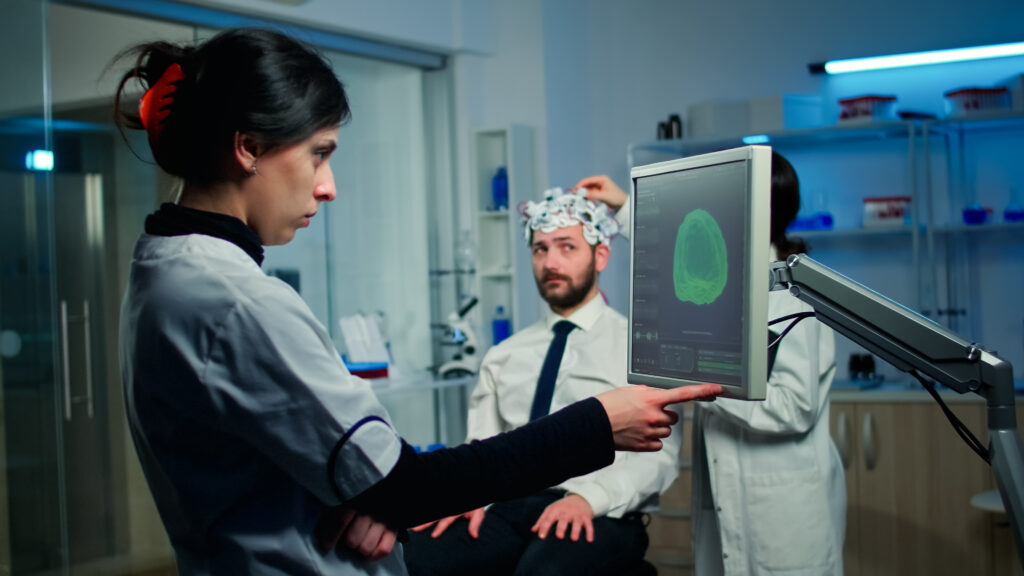Deep Brain Stimulation (DBS) is an advanced neurosurgical technique that has gained prominence in recent years. It involves the implantation of electrodes into specific areas of the brain to modulate abnormal electrical activity associated with various neurological disorders. DBS has been particularly effective in managing symptoms of Parkinson’s disease, essential tremor, and dystonia, among other conditions. This blog post will explore the prevalence of DBS worldwide and identify the countries leading the way in this innovative treatment approach.
DBS Prevalence: A Growing Trend
Since the first DBS procedure in 1987, the number of patients receiving the treatment has steadily increased. It is estimated that over 150,000 patients worldwide have undergone DBS surgery as of 2021. This growth can be attributed to the increasing prevalence of neurological disorders, improved understanding of DBS mechanisms, and the refinement of surgical techniques. However, accurate global statistics are challenging to obtain due to variations in data collection and reporting practices among different countries.
Leading Countries in DBS Adoption
The United States has been at the forefront of DBS research and implementation, with the Food and Drug Administration (FDA) approving the procedure for essential tremor in 1997 and Parkinson’s disease in 2002. Consequently, the U.S. has one of the highest numbers of DBS surgeries, with an estimated 30,000 patients having received the treatment as of 2021.
In Europe, countries like France, Germany, and the United Kingdom have embraced DBS as a viable treatment option for select neurological disorders. Collectively, these countries have performed thousands of DBS surgeries, contributing to the growing adoption of the technique across the continent.
Asian countries, particularly China and Japan, have also seen a surge in DBS procedures in recent years. With a large aging population and increasing prevalence of Parkinson’s disease, these countries are investing in research and clinical applications of DBS to address the needs of their affected citizens.
Challenges and the Road Ahead
Despite the widespread adoption of DBS, challenges remain in terms of accessibility and affordability. The high cost of the procedure and limited availability of specialized medical professionals can hinder its uptake in low- and middle-income countries. To overcome these barriers, global collaboration and knowledge sharing among healthcare professionals, researchers, and policymakers are essential.
Deep Brain Stimulation has experienced significant growth in recent decades, with tens of thousands of patients benefiting from this revolutionary treatment worldwide. Countries like the United States, France, Germany, the United Kingdom, China, and Japan have led the charge in adopting and refining DBS techniques. As research and technology continue to advance, the potential for DBS to transform the lives of those living with neurological disorders will only continue to grow.


